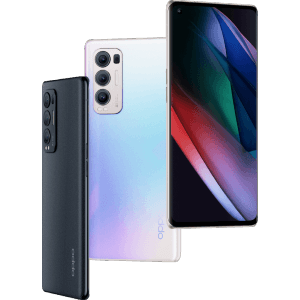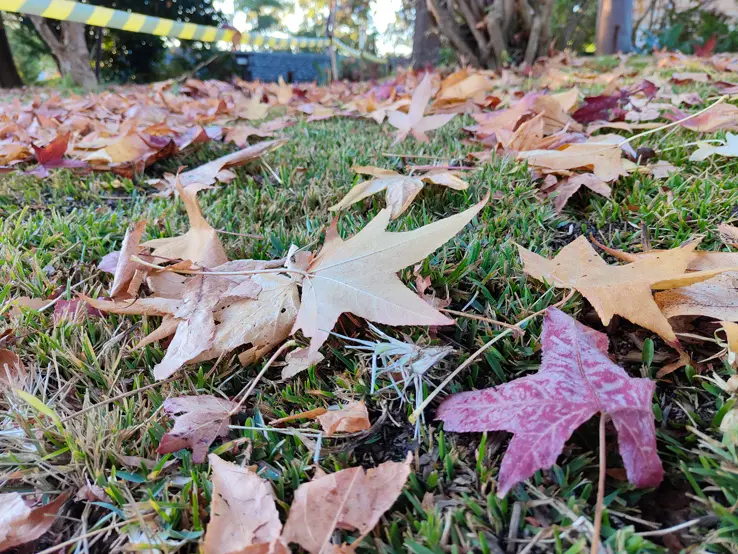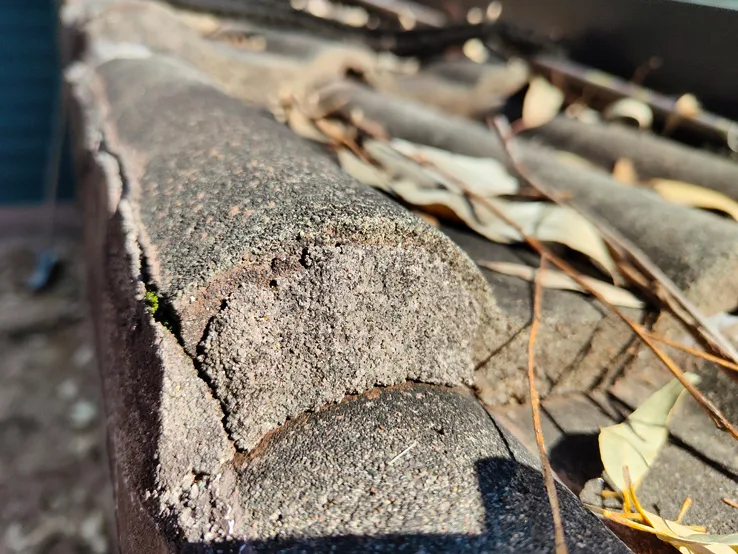Oppo Find X3 Neo 5G review: Oppo’s better flagship phone
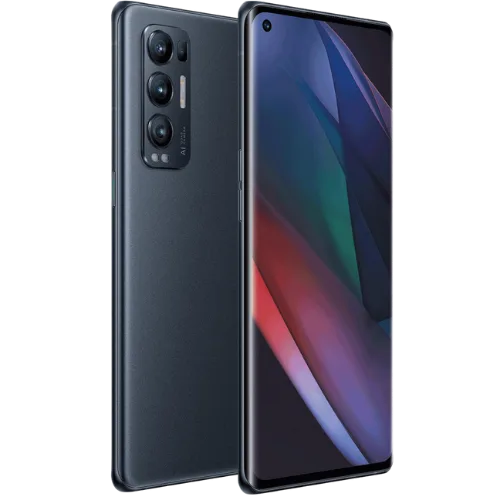
-
- Battery Score
3
- Camera Score
3.5
- Design Score
3.5
- Performance Score
3.5
- Battery Score
3
Summary
Quick verdict: Although the Oppo Find X3 Neo lacks the utter flagship features of the Find X3 Pro, you won't miss them, but you will enjoy its lower price point.
- Good app performance
- Lovely 90Hz display
- Good overall cameras
- Battery life could be better
- No water resistance
- ColorOS wants lots of permissions
Details
Pricing & Availability
| RRP | $1,199 |
| Launch date | 2021-04 |
Most brands have a flagship model that's meant to be the supercar of their ranges. For Oppo, right now that's the Oppo Find X3 Pro. However, most of us aren't walking around with supercar money in our back pockets, and that's where manufacturers tend to target their just-below-supercar models.
That's pretty much exactly what the Oppo Find X3 Neo 5G is. It's a flagship phone that sits at the lower end of flagship phone pricing right now, intending to give flagship features for less.
This is a very common story, and the Oppo Find X3 Neo 5G does a solid job of selling itself if you're already a fan of Oppo's generally camera-centric approach to smartphones.
Design: 90Hz capable 6.55-inch AMOLED display with fingerprint sensor
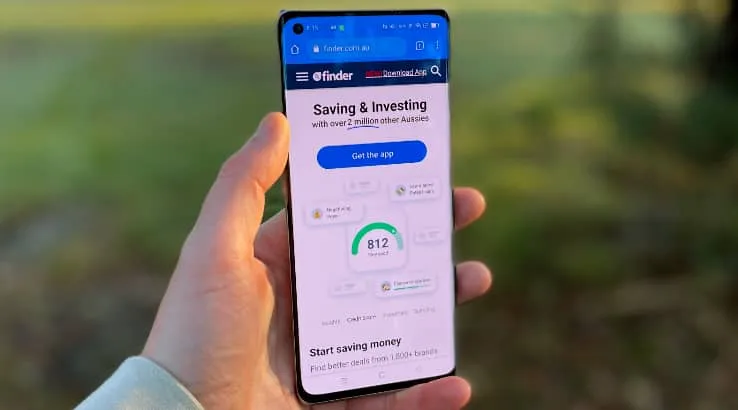
Image: Alex Kidman/Finder
The Oppo Find X3 Neo features a curved 6.55-inch 2400x1080 pixel AMOLED display at 402ppi, which is decent but not quite standout for its asking price. Where it punches upwards is with the inclusion of a 90Hz capable display; that's obviously below the 120Hz you can get on the more premium-priced Oppo Find X3 Pro, and that's undeniably deliberate.
However, the reality right now for 120Hz is that there's not too many apps that absolutely take advantage of it. Gaming would seem like the obvious use case, but far too many Android titles lock at 90Hz at best even on faster displays. That could change over time, but right now that drop to "just" 90Hz isn't really the anchor it might seem to be.
In-display fingerprint readers are very much the hallmark of premium phones right now, and Oppo's implementation on the Oppo Find X3 Neo is pleasingly fast and accurate. Yes, you can still hit the odd false reading, but they were few and far between during my review period.
At the rear, you'll find 1 of 2 finishes, in either "Galactic Silver" or "Starlight Black". The latter is black, but while the former might suggest a plain silver finish, it's more of a pearlescent type that gives the phone a pinkish hue in most lights. It's a pleasant finish that Oppo says uses a layer of pyramid structured elements to reduce fingerprint smudge. It works quite well even without a case, although as always that's a remarkably wise step for any phone.
One of the smaller details that Oppo takes care of for most of its phones is the application of a screen protector at its factories. I love this as a step, but the Oppo Find X3 Neo had a quirk to its screen protector that I found ever so slightly annoying. It covers the display, but not the curve, and what that means is that when you swipe your finger in from the edge, you can't help but feel the edge of the screen protector. It's not sharp or anything. It's just mildly annoying, and I do wonder if it's going to peel over time with consistent friction.
For quite a long time Oppo's phones came without stated water resistance. In the flagship space it's tended to provide some kind of IP-rated water resistance, but not for the Oppo Find X3 Neo. It'll probably be fine with small splashes of rain, but dropping it in the pool would be unwise.
Camera: Quad camera performs well
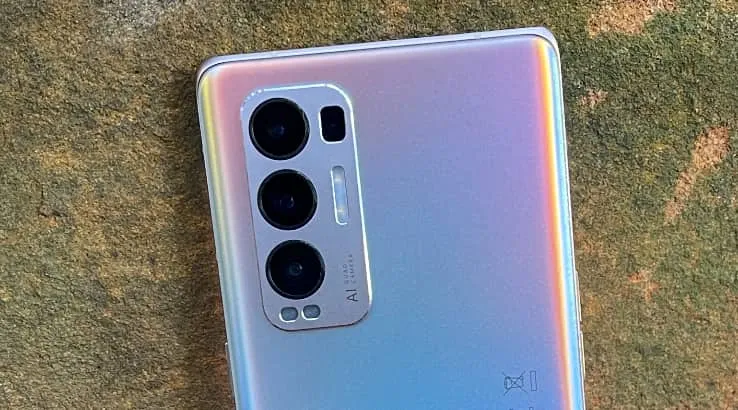
Image: Alex Kidman/Finder
Oppo's strength has long been in delivering camera experiences at the mid-range that challenge premium phone cameras. That has made it somewhat tougher for it to really make its flagships stand out, however. While it's not afraid to experiment, and the Oppo Find X3 Pro's microscope camera is a good example of that, the Oppo Find X3 Neo takes a somewhat more traditional path.
At the rear there's a primary 50MP f/1.8 sensor, 16MP f/2.2 Ultra-Wide, 13MP f/2.4 telephoto and finally a 2MP macro lens for close-up shots.
That 2MP macro inclusion set alarm bells off in my head, because typically that's a sensor found on a lot of budget phones right now, and their macro results are typically pretty awful.
The Oppo Find X3 Neo's 2MP sensor is probably the same part, but its improved image signal processing does play a part in giving it better macro chops than you'd find out of those cheaper phones. The same is true for telephoto and ultrawide shots, where the Oppo Find X3 Neo shoots quickly and well.
As is the case for most high megapixel count sensors, the primary 50MP down samples for better low light accuracy by default, although you can shoot at the full 50MP if that's your desire. At the front, a single 32MP sensor handles selfie shooting duties.
All of this is essentially basic camera recipe stuff, but basic doesn't have equate to "bad" if it's well implemented. For the most part the Oppo Find X3 Neo delivers pleasing results. If I want to be picky, and clearly I do, I'll point out that its selfie shooting "beauty" feature can rather quickly degrade into overly plastic farce:

I mean, that's kind of flattering… but also all kinds of creepy, because I have many wrinkles that I feel like I've earned over the years.
Performance: Snapdragon 865 delivers plenty of power while ColorOS is still a love it or loathe it proposition
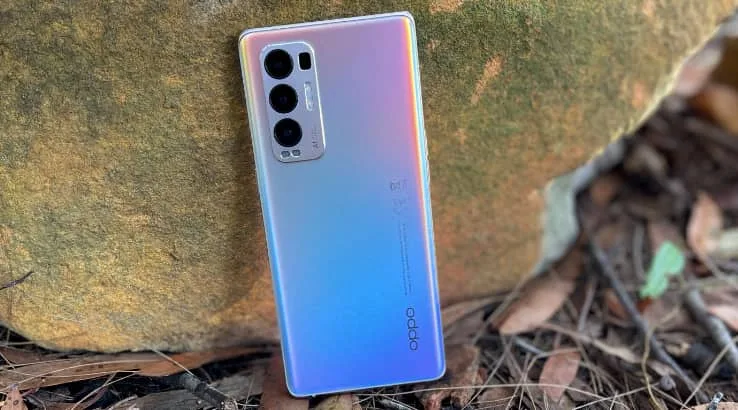
Image: Alex Kidman/Finder
Where the Oppo Find X3 Pro is all about this year's cutting edge specifications, the Oppo Find X3 Neo is, essentially speaking, all about last year's cutting edge specifications. That's not automatically a bad thing, because it's packing the Qualcomm Snapdragon 865 SoC on board, and that's still a processing solution that can deliver for almost any Android app you'd care to name. Oppo further sweetens the pot by packing it with 12GB of RAM, which gives it a lot of headroom for multitasking or more intensive app usage.
On the storage front you get 256GB of onboard storage, but that's all you get. There's no microSD expansion capability onboard. We're seeing this a lot more frequently on flagships these days, and I'm not a fan, simply because being able to add storage can give a phone just that little more usable lifespan.
With the Snapdragon 865 on board, the Oppo Find X3 Neo did have its work cut out competing against what you can get in more recently-built handsets, but it still acquits itself well. Here's how the Oppo Find X3 Neo compares using Geekbench 5's CPU test:
Apple is still leading the pack here, but in the Android space that gap between the Snapdragon 888 touting handsets and the Oppo Find X3 Neo isn't substantial.
Here's how the Oppo Find X3 Neo compares using 3DMark's newer Wild Life benchmark. Like many of its contemporaries, the Oppo Find X3 Neo maxes out the older OpenGL Slingshot Extreme test, so Wild Life gives a better comparative picture of likely performance:
Here there's a bit more of a performance gap when you drop down to the Oppo Find X3 Neo, although it's not one that leads to a massively compromised 3D visual experience. There's not too many Android games that won't run very well on the Oppo Find X3 Neo's 90Hz display, and that 12GB of RAM helps quite nicely in dealing with load times as well.
The Oppo Find X3 Neo is an Android 11 handset with Oppo's own ColorOS 11 overlay on top. It's very much a taste question as to whether you like ColorOS and what it does to plain Android or not. I'm not a huge fan, especially given some of the permissions that Oppo's stock apps tend to ask for, but it's a quite usable experience with few issues beyond that.
It's also 5G capable for sub-6Ghz connections only in Australia. That's to be expected of just about any phone right now, although we should soon see the first consumer-facing mmWave networks and hopefully more devices that can access even faster mobile broadband speeds as a result. The Oppo Find X3 Neo averaged around 300Mbps down in my own 5G tests in Sydney, but right now, 5G networks are incredibly variable creatures. There's not yet a great consumer-facing use case for 5G in and of itself, so its inclusion here is more of a nice extra than a must-buy-for-this-detail kind of feature.
Battery life: Fast wired charging but no wireless charging
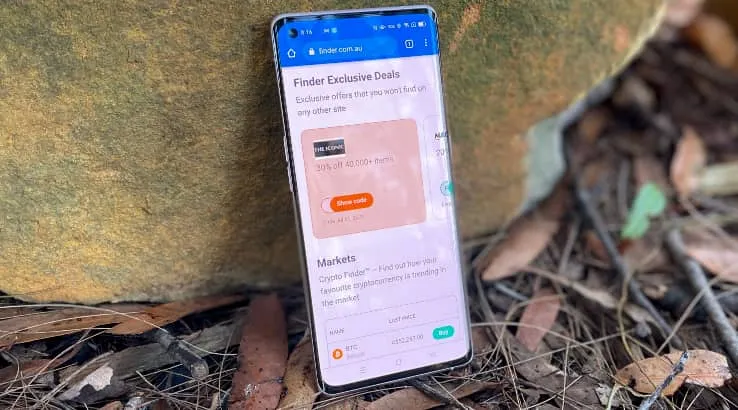
Image: Alex Kidman/Finder
Underneath its metal frame, Oppo drops a 4,500mAh battery into the Oppo Find X3 Neo. It's not the smallest in the flagship space – Apple is still the master of making a lot out of a little when it comes to batteries – but it's not the biggest battery in a flagship phone either, even at this price point.
Battery usage can vary wildly depending on actual phone usage, and with that 90Hz display and 5G onboard there's even more scope for the Oppo Find X3 Neo to chew through its battery at a brisk pace, at least in theory.
To give some kind of comparative focus to smartphone battery usage, I ran the Oppo Find X3 Neo through our standard battery test, looping a Full HD YouTube video at maximum brightness and moderate volume for an hour. What I'm looking for here is at least 90% battery life remaining, because phones that drop below that level often struggle to last a day.
Here, the Oppo Find X3 Neo compared well to the comparably-priced pack of phones:
However, that wasn't the full story for the Oppo Find X3 Neo, because day to day usage tended towards running out of power before the full working day was up. 5G is a well known battery killer and that didn't help, but even without access to a 5G network, I'd often find the Oppo Find X3 Neo gasping for power before bedtime.
One of the features that typically differentiates flagship phones, even lower cost models like the Oppo Find X3 Neo 5G, is the inclusion of wireless charging. However, it's notably absent here, although you do get access to Oppo's usually frighteningly fast 65W VOOC charging via USB C cable, as long as you're using the provided charger.
Should you buy the Oppo Find X3 Neo 5G?
- Buy it if you want a solid Oppo flagship device.
- Don't buy it if you want wireless charging, water resistance or absolute premium performance.
The Oppo Find X3 Neo isn't Oppo's flagship, but it's a phone that nails the basics so well that it's actually a more appealing prospect. If you're a big fan of Oppo's approach, it's an easy recommendation.
However, within that low-end-of-the-premium-market you're awash with choices, from the Samsung Galaxy S20 FE or entry level Samsung Galaxy S21, either of Apple's lower-end flagship phones or competitor products from the likes of ASUS or fellow BBK Electronics stablemate Vivo.
Pricing and availability
Specifications
Display
Camera
Physical Dimensions
Connectivity
Power, storage and battery
Device features
Images: Alex Kidman
More Finder reviews
- Samsung Galaxy S25 Ultra review – Still an Android powerhouse
- iPhone 16 and 16 Plus review – Closing the gap
- iPhone 16 Pro and 16 Pro Max review – Shockingly good battery life
- Google Pixel 9 Pro XL review – Fantastic phone, even better cameras
- Samsung Galaxy Z Flip 6 review: Great phone held back by price
Alex Finder
Senior editor
You are about to post a question on finder.com.au:
- Do not enter personal information (eg. surname, phone number, bank details) as your question will be made public
- finder.com.au is a financial comparison and information service, not a bank or product provider
- We cannot provide you with personal advice or recommendations
- Your answer might already be waiting – check previous questions below to see if yours has already been asked
Finder only provides general advice and factual information, so consider your own circumstances, or seek advice before you decide to act on our content. By submitting a question, you're accepting our Terms Of Service and Finder Group Privacy & Cookies Policy.
This site is protected by reCAPTCHA and the Privacy Policy and Terms of Service apply.

